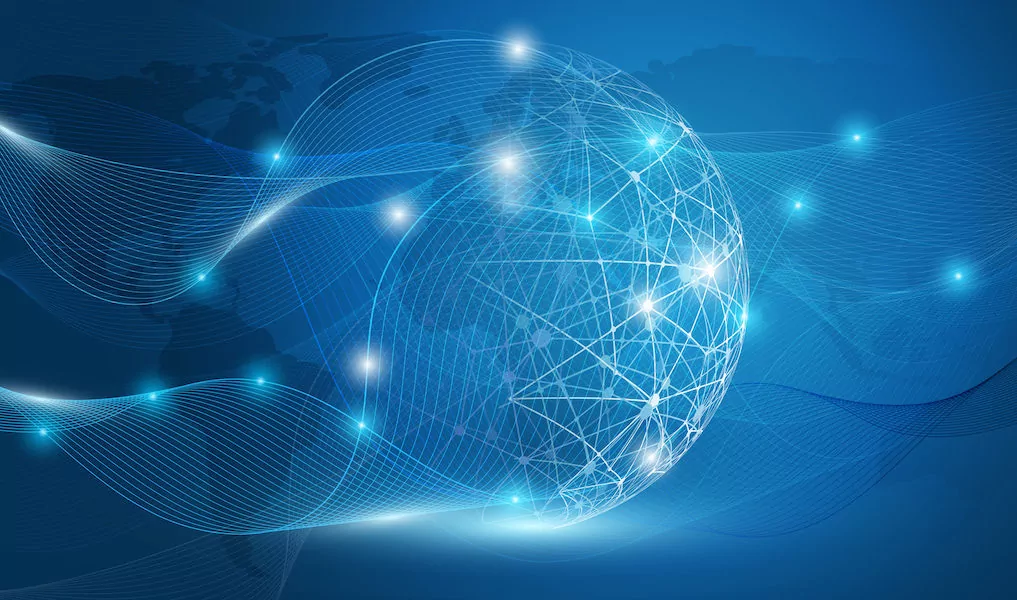Japan is the world’s third largest economy, and the country has seen a surge in demand for digital services and infrastructure on the back of changing consumer behavior and a growing need for more data storage and robust IT systems.
 Tokyo already hosts the largest cluster of data centers in the APAC region with nearly 60 unique third-party data centers and 490MW of capacity. That demand is set to grow due to increased use of digital technology, especially during the pandemic.
Tokyo already hosts the largest cluster of data centers in the APAC region with nearly 60 unique third-party data centers and 490MW of capacity. That demand is set to grow due to increased use of digital technology, especially during the pandemic.
For one, the Japanese cloud computing market segment is experiencing rapid development, and global cloud services providers (CSPs) are becoming an essential part of the wider IT community of the country. Japan’s public cloud market is expected to grow with a CAGR of about 18% to reach a value of US$18 billion in 2023, driven by advanced industries including gaming, retail, media, and consumer product.
Gaming
A key factor driving demand for data centers is the booming gaming market in Japan, which is expected to reach US$38.59bn in 2022. With an expected annual growth rate (CAGR 2022-2027) of 6.36%, the country’s gaming segment has a projected market volume of US$52.53bn by 2027.
Similarly, demand for data centers has also been growing steadily in Korea. If there is something that binds both these markets together, it would be the popularity of gaming. In fact, Japan and Korea represent two of the top four gaming markets in the world. As the gaming industry expands, so does the need for additional power and network connectivity. The latest games, which feature VR and AI technology, process an incredible amount of data, all of which need to be supported by agile infrastructure.
Resilient power, capacity and uptime are also critical to maintaining seamless gaming experiences across multiple devices, which is why so many big and emerging players are reliant on data centers to provide the level of service needed.
E-commerce
The rapid growth of e-commerce is also another factor driving the demand for robust technology infrastructure in Korea. It has the sixth-largest market for e-commerce in the world with a revenue of $92 billion in 2021[2]. As a consumer society with an internet penetration of 93% among its population, e-commerce is expected to remain on an upward trajectory even beyond the pandemic.
Likewise in Japan, e-commerce received a boost during COVID-19 with online purchases growing by 20% between 2019 to 2021, according to credit card spending data compiled by Japanese analytics firm Nowcast and JCB.
The road forward
The growth of the data center market in both Japan and Korea is driven by the Internet and the cloud. Not surprisingly, hyperscalers see huge opportunities in both markets with investments continuing to pour in.
Hyperscale cloud makes up most of the current demand profile in Japan, and the hyperscale-oriented portion of the market, currently 36% in Tokyo, is expected to account for over 50% by 2026. In Korea, hyperscalers constitute most of the demand for new data centers as cloud service providers look to gain a foothold in the market.
Having worked with many of the international hyperscalers, we understand their needs and design requirements when it comes to new data center facilities, and can deliver sustainable solutions through energy-efficient data center design. The need to ensure that data centers operate sustainably is a challenge for new projects, especially in Japan, where only 20% of the electricity supply is generated from renewables.
With data center supply in need of catching up with significant demand, speed to market is a major consideration with hyperscalers that we work with. Our proven ability to accelerate time-to-market, while managing costs and quality, is also something which our hyperscale partners value.
Meeting challenges ahead
Despite the obvious opportunities, some of the challenges that need be overcome include being able to get massive amounts of power to multiple locations in a short space of time. This can be challenging for existing power grids to support. Hence, the ability in Japan and Korea to provide the right power infrastructure to support the rapid growth of data centers will be critical in developing the necessary digital infrastructure in these countries.
And with sizable land parcels and power grid becoming more limited in the prime areas of metropolitan Seoul and Tokyo, developing secondary markets for data centers outside of the capital cities becomes more important. In Korea, emerging locations in Korea such as Anyang, Hanam, Goyang bode well as an alternative to Seoul where several recent and major data center developments are located.
Demand for data centers in both these North Asian markets looks to remain strong for years to come, and the race to attract data center investments to the region is only just heating up.
